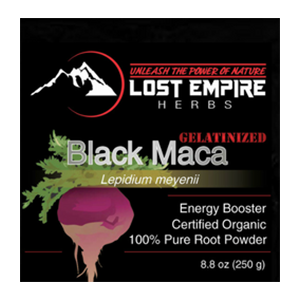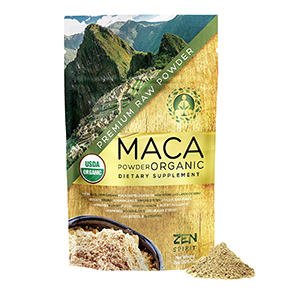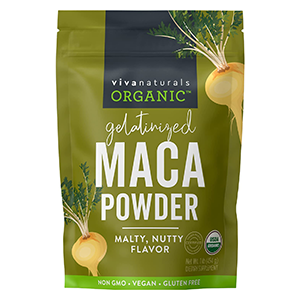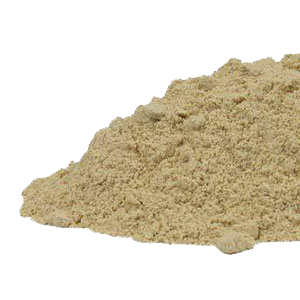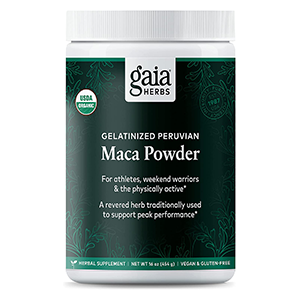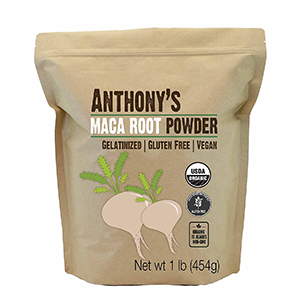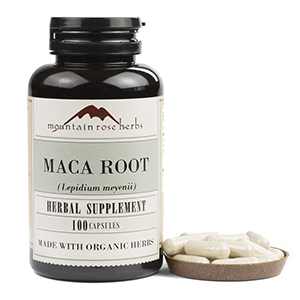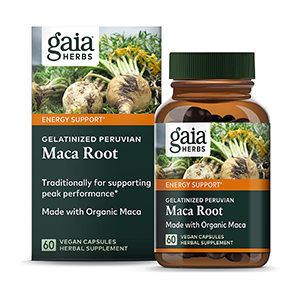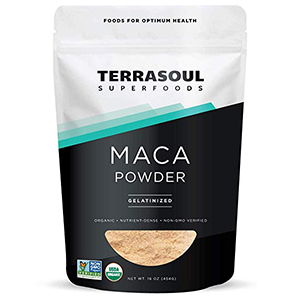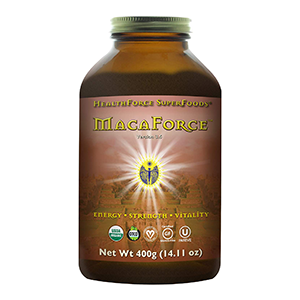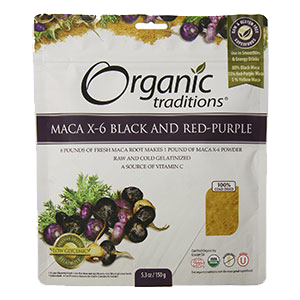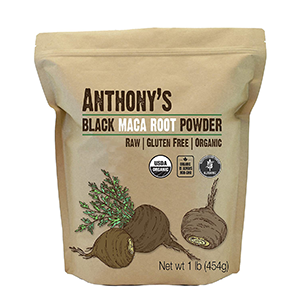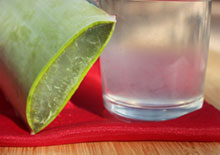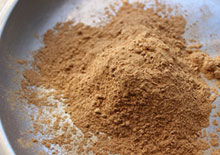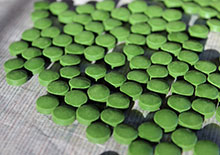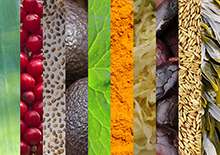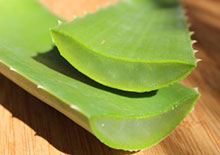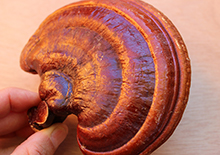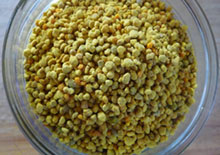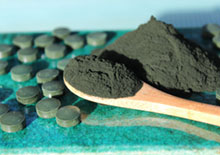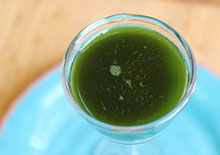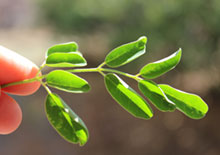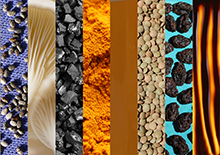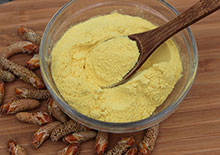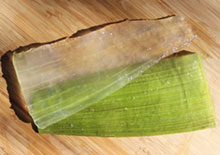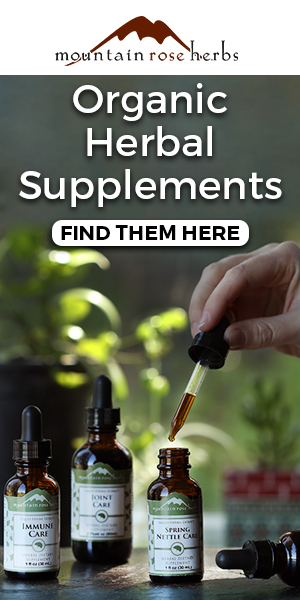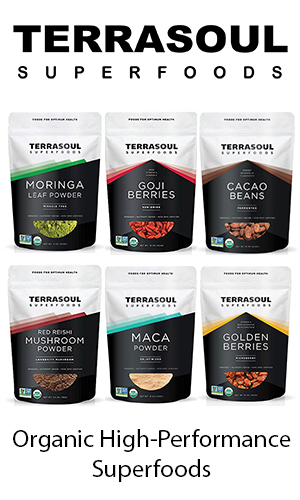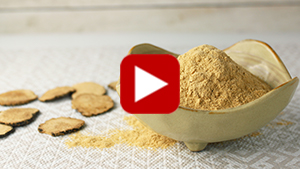- Home
- Top Superfoods
- Maca Root
Top 3 Maca Root Benefits, Why It's Called Peruvian Ginseng
What is Maca? | Types of Maca | Top 3 Benefits | Raw Vs Gelatinized | How to Use | Precautions | Shop
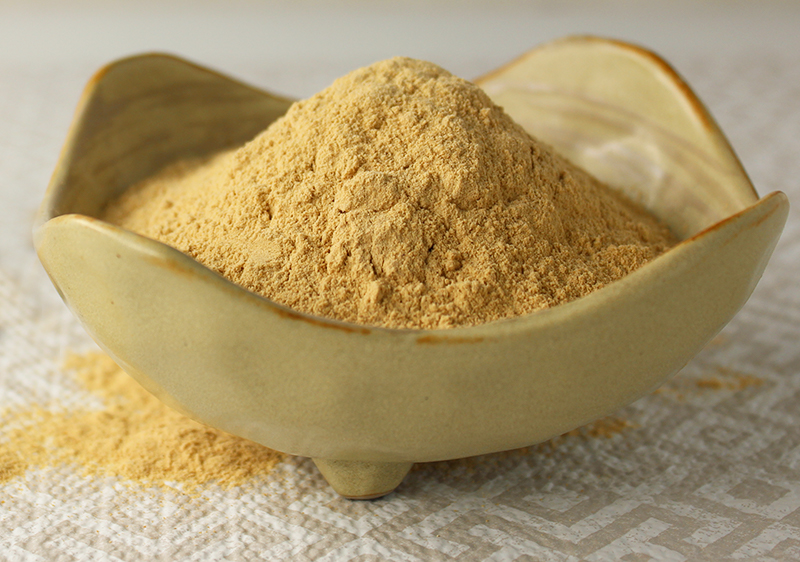
Maca root (Lepidium meyenii) is a hardy turnip-like tuber native to the highlands of the Peruvian Andes in South America.
As one of the world's highest altitude-growing crops, it is naturally prolific at elevations between 11,000 to 14,000 feet (3353-4267 meters).
It is a type of cruciferous vegetable from the Brassica family, but is also considered a potent herbal tonic and top superfood that has earned the title "Peruvian Ginseng".
Table of Contents
What is Maca? | Types of Maca | Top 3 Benefits | Raw Vs Gelatinized | How to Use | Precautions | Shop
Known to be one of the staple food crops dating back to the Incan Empire, Peruvians like the Quechua people traditionally prepare it as a cooked vegetable. The dried root was also frequently ground and utilized as a kind of flour.
First introduced to other parts of the globe in the 1990s, maca is typically available as a bulk dried powder or as capsules. It is either prepared commercially as a raw or gelatinized powder which we will discuss more below.
It is used as a dietary supplement as well as a whole food powder that can be incorporated into drinks and recipes. It has a unique bittersweet malty flavor that slightly resembles butterscotch.
Types of Maca Root
There are three main types of maca distinguishable by the outside color of the root when it is harvested.
These are yellow maca, red maca and black maca. Most maca powders are derived from the yellow variety. Red and black however are also sold and generally considered by some to be of a higher grade. Because they are the same pigment on the inside of the root, all three produce a similar colored powder with just a slight shade variation.
The organic raw black maca from our affiliated supplier Lost Empire
Herbs we have discovered to be one of the best overall as far as quality
and effectiveness.
Maca powder can be used in blended shakes, as an ingredient in an array of superfood desserts, spooned into hot beverages and is especially popular for making "maca coffee". Capsules are also available for convenience or for those who don't prefer the strong taste.
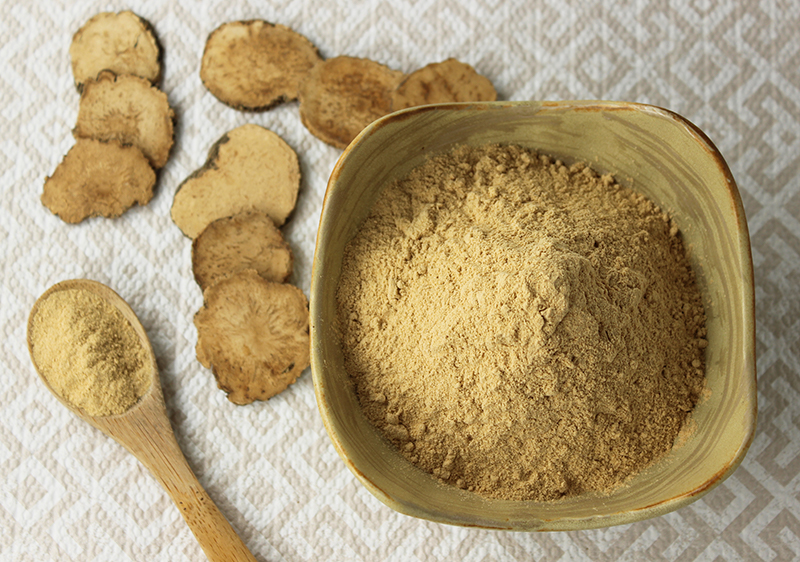
Top 3 Maca Root Benefits
1) Qualities as an Adaptogen
2) Hormone Balancer
3) Maca Root Benefits for Libido
1) Maca Root and Its Qualities as an Adaptogen
While maca is a type of root vegetable, it is also valued for its use as an herbal ADAPTOGEN taken as a dietary food or supplement. Adaptogens are a class of herbs like ginseng that offer a tonifying influence with regular use. Maca's adaptogenic qualities are in part the reason for its Peruvian Ginseng reference.
Maca itself is a root that has adapted to poor soils and colder climates that exist at high altitudes where little else can grow. This feature concentrates maca-specific compounds called MACAMIDES which are responsible for most of its adaptogenic activity.
Regular use of adaptogens is proposed to improve the body's ability to build resistance to stress, trauma, anxiety and fatigue. In today's fast-paced world, adaptogenic herbs and roots like maca can be valuable nutritional adjuncts to the diet and supportive as a non-caffeinated herbal energizer.
Although research on the Lepidium meyenii species is still in its early phases, maca and its macamides (*) are associated with relieving physical fatigue in some animal studies.
There are believed to be close to 19 different macamides and one known as N-Benzyl-linoleamide was recently reviewed for its impact on inflammatory pain.
Many of the alkamides like macamides are identified to increase via the drying process. In traditional Andean practices, the roots are commonly sun-dried before they are cooked or ground into flour.
Maca root is also a source of other bioactive components and secondary metabolites such as alkaloids, polysaccharides, glucosinolates, sterols, free fatty acids, flavonoids and polyphenols. (Source) The glucosinolates, which are present in other cruciferous vegetables, are what give maca root its characteristic bitter flavor.
2) Maca Root and Its Reputation as a Hormone Balancer
Maca is often popularized for its influence as a "hormone balancer", however, to date this claimed effect is not completely understood or confirmed according to research.
It has been identified in scientific literature that the maca species "doesn't contain plant estrogens or any other phyto-hormones", but its actions are believed to be due to the plant sterols like campesterol, stigmasterol and beta-sitosterol. These are compounds that may work to naturally stimulate the endocrine system which can support normal hormonal activity.
It is also reasonable to assume that, because maca is an adaptogen, it also tends to encourage the best hormonal response based on individual needs. This rule, however, is not set in stone.
In research on early-postmenopausal women, organic pre-gelatinized maca powder had a positive impact on endocrine glands with a hormone-balancing effect on women just entering menopause.
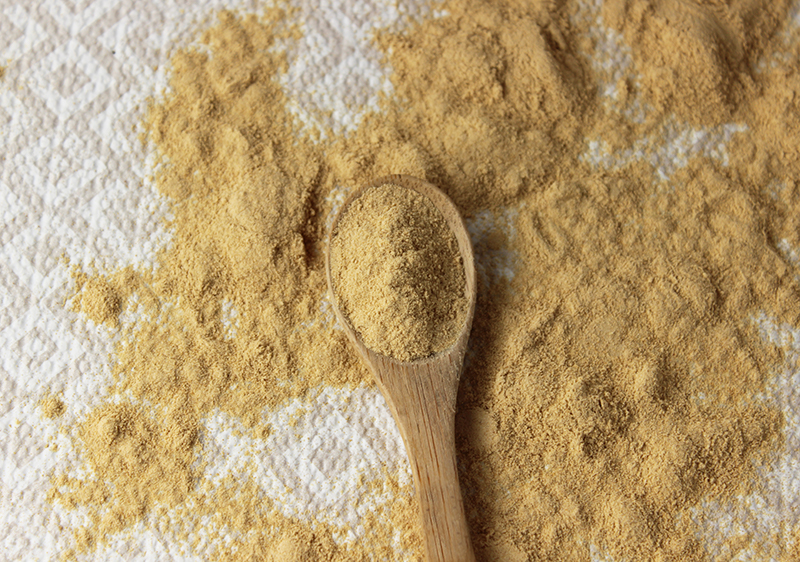
3) Maca Root Benefits for Healthy Libido
Sometimes loosely referred to as "nature's answer to Viagra", maca and its traditional folk uses are well known for its supportive libido-influencing attributes as an herbal aphrodisiac. This is yet another reason its known as Peruvian Ginseng.
It is reported to foster reproductive functions in both men and women, but is historically specific to male sexual health and stamina. This quality is also backed by renowned legends of Incan warriors using maca to build muscle and promote strong sexual virility.
There is also an unfounded claim that maca increases male testosterone levels, but in early research improved sexual desire was not evident by hormonal changes when tested on healthy men. This was likewise identified to be true also for postmenopausal women who used maca for sexual dysfunction.
Also in regard to female libido, it was observed that maca root supplementation may actually assist peak sexual functioning in women studied.
In recent times, maca powder has been used as a trendy superfood that supports healthy glutes and curvature for women looking to expand in this area. Sure, combined with focused buttocks exercises like squats, leg lifts and the like, this may be possible as it is claimed to be a muscle-building type food. Some product labels indicate that one teaspoon of powder can contain about one gram of protein.
Maca Root Nutrition
One Ounce of Maca Powder (*)
- Vitamin C - 79.8mg, 133% DV
- Copper - 1.7mg, 84% DV
- Iron - 4.1mg, 23% DV
- Potassium - 560mg, 16% DV
- B6 - 0.3mg, 16% DV
- Calcium - 70mg, 7% DV
- Manganese - 0.2mg 11% DV
- Protein - 4.0g, 8% DV
(Daily Values based on a 2,000 calorie adult diet)
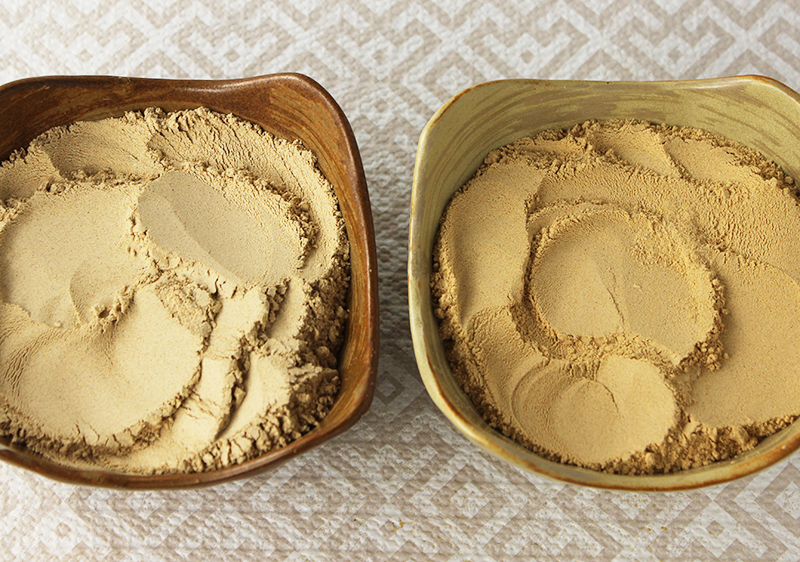
Raw Maca Vs Gelatinized Maca Root
Way back in the early 1990s, when maca was first sold here in the West, "raw" powdered maca was the only type available. However, for some individuals (not everybody) the starch in raw maca was found to cause gas and bloating.
Today, maca root is more digestible in such instances when its starches have been removed or gelatinized. Starch gelatinization is a process that uses high heat and water to break down starch molecules and essentially dissolve them.
Which Maca Is Best?
Both raw and gelatinized maca root can have positive health-promoting qualities that maca is known for. In our personal experience using maca for over 20 years, we have found this remains to be true.
Gelatinized maca, because it employs high heat temperatures, can destroy some of the root's nutritive attributes like vitamins and minerals, which is not always viewed as beneficial. Therefore, many companies choose to sell raw maca powder rather than the heat-processed form.
It's really an individual preference which variety you may choose. If you tend to have digestive sensitivities, gelatinized might be better, whereas for others raw maca can be a more suitable superfood.
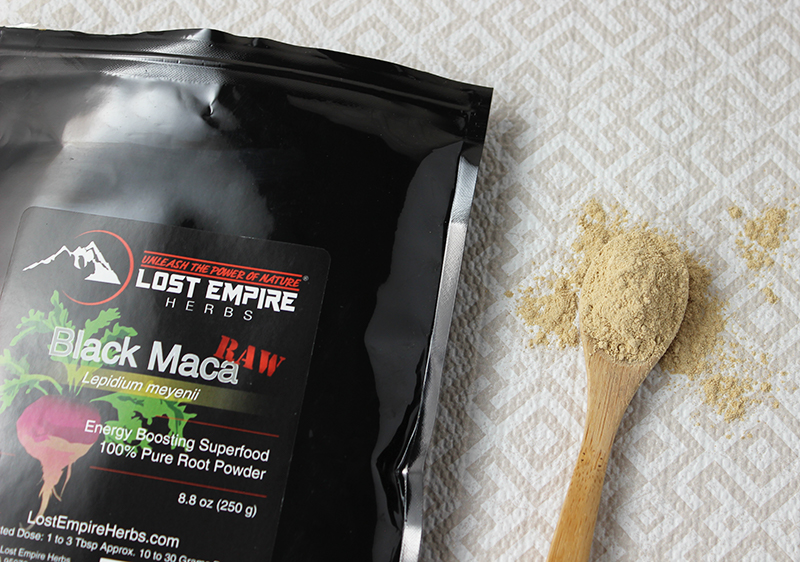
How to Use
Maca has a strong malty flavor that most people either love or dislike. It is commonly available as a raw or gelatinized powder or encapsulated for convenience if you don't prefer the flavor.
We are big fans of maca root and have been using it for many years in hot tonic drinks as well as many superfood recipes like our:
Maca powder is usually consumed in doses between 1t-1T, depending on your level of daily activity and other factors. If you are new to consuming it, start with small amounts and increase over a period of time. When taking capsules follow the suggested intake on product labels.
Precautions:
Maca root may not be appropriate for all people. Because maca is a cruciferous vegetable, it does contain goitrogens which can interfere with thyroid function. Consult your physician or qualified healthcare professional when using maca root if you are pregnant, nursing, have a serious medical condition or are taking any medications.
Shop Related Products (About Affiliates & Amazon Associate Paid Links)
Affiliate Disclaimer: This section contains affiliate product links. If you make a purchase through our recommended links, we receive a small commission at no additional cost to you. Thanks for the support.

